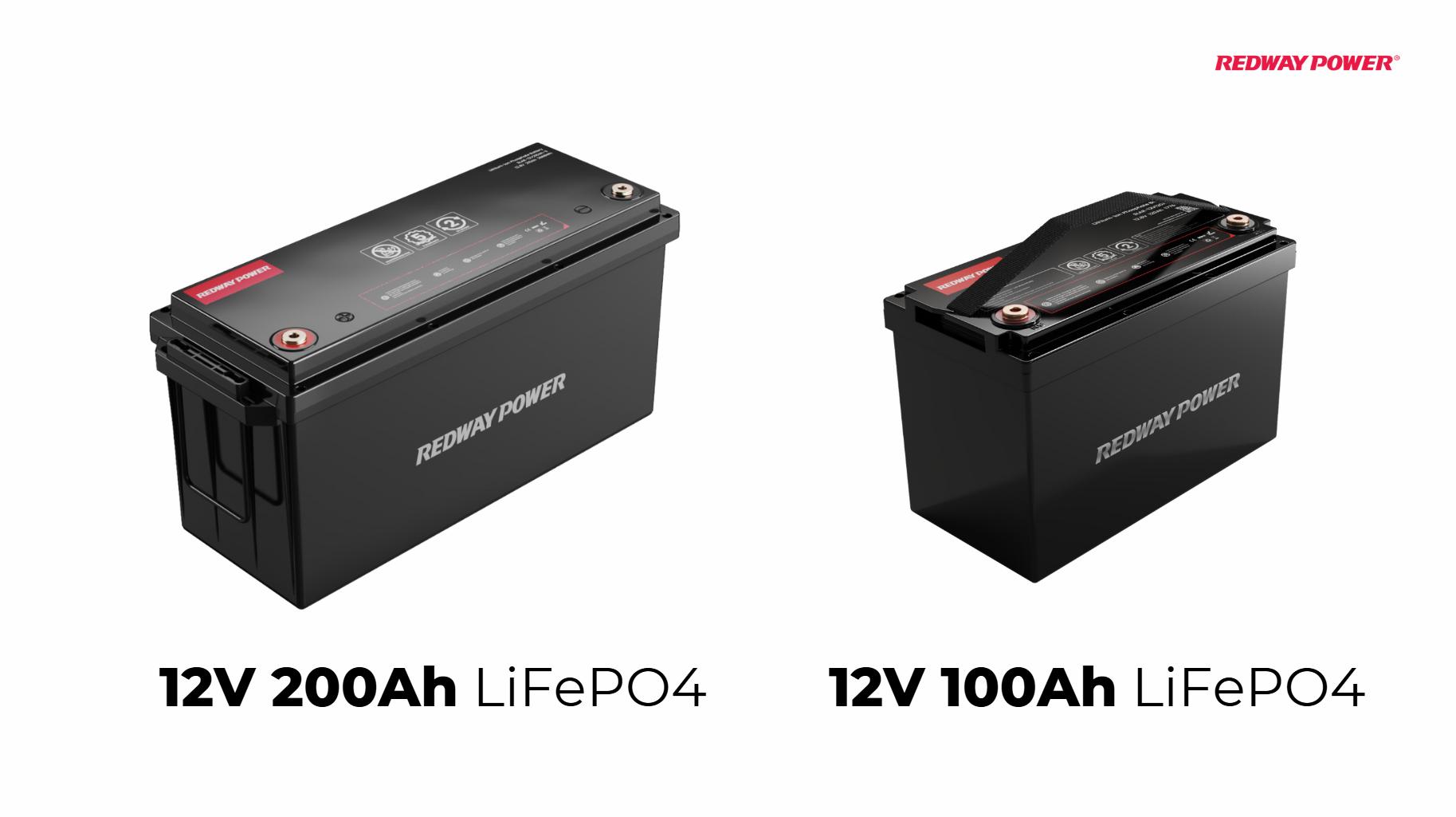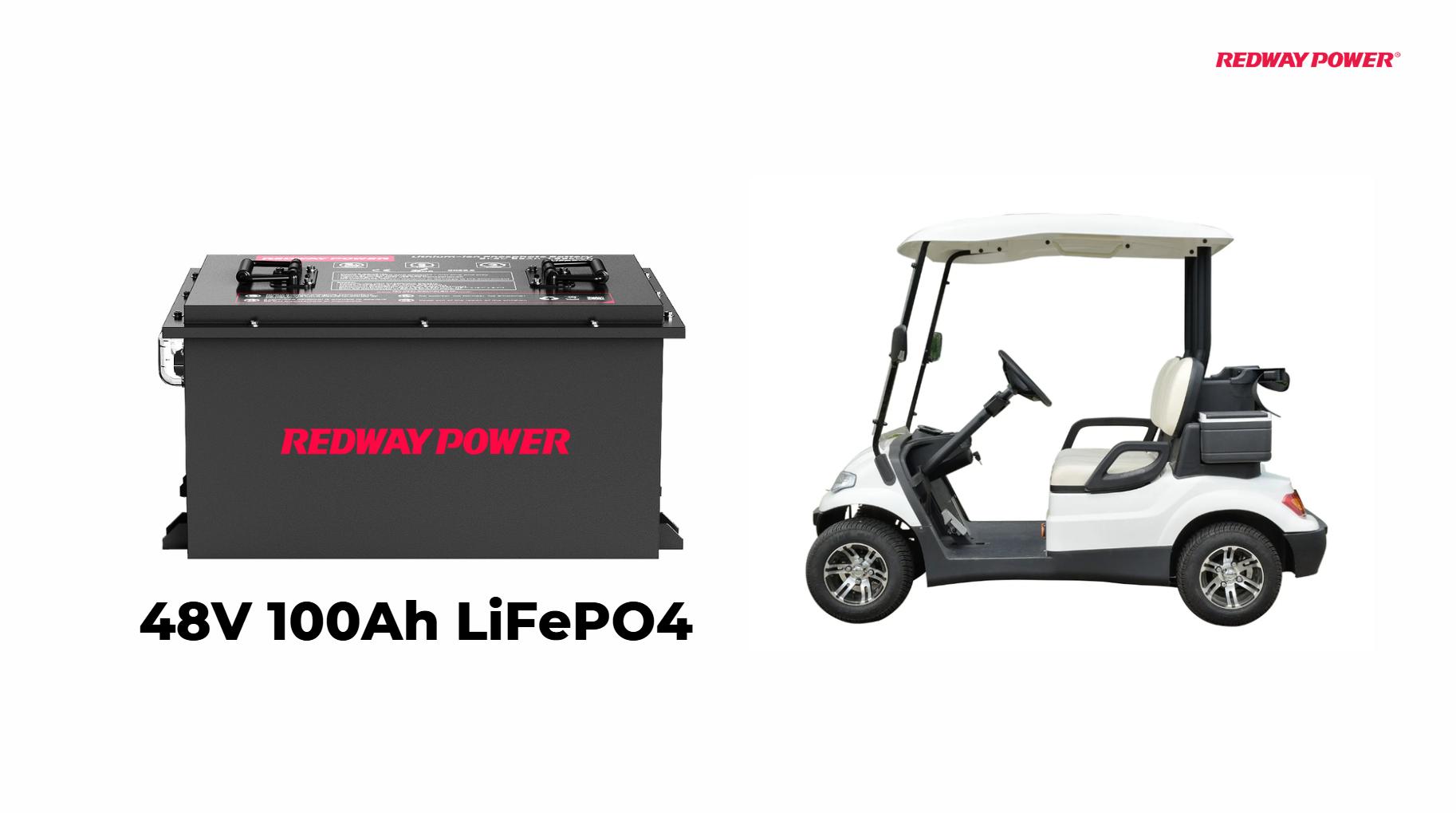Can You Connect a 150Ah Battery with a 200Ah Battery to Solar Power?
You can connect a 150Ah battery with a 200Ah battery to a solar power system, but it is generally not recommended due to potential issues such as load imbalance and uneven charging. Proper management techniques are essential to ensure both batteries perform optimally and have an extended lifespan.
How can you connect a 150Ah battery with a 200Ah battery?
Connecting a 150Ah and 200Ah battery can be done in parallel, allowing the total capacity to combine, resulting in 350Ah at the same voltage. However, this configuration can lead to complications if one battery discharges faster than the other, potentially damaging the smaller capacity battery.
What are the types of battery connections?
There are two primary ways to connect batteries: series and parallel.
- Series Connection: In this configuration, the voltage increases while the capacity (Ah) remains constant. For example, connecting a 150Ah and 200Ah battery in series would yield a total voltage equal to the sum of both batteries while maintaining a capacity of 150Ah.
- Parallel Connection: Here, the capacity increases while the voltage remains constant. Connecting these two batteries in parallel results in a total capacity of 350Ah, but it can lead to issues if one battery discharges faster than the other.
| Connection Type | Total Capacity | Total Voltage |
|---|---|---|
| Series | 150Ah | V1 + V2 |
| Parallel | 350Ah | V |
What are the potential issues of connecting different capacity batteries?
Connecting batteries of different capacities can lead to several problems:
- Load Imbalance: The smaller battery may discharge faster than the larger one, leading to over-discharge and potential damage.
- Uneven Charging: The charge controller may prioritize charging the smaller battery, which could result in undercharging the larger one.
- Reduced Lifespan: Continuous cycling between different discharge rates can shorten the overall lifespan of both batteries.
- Battery Management Challenges: Monitoring and maintaining equal charge levels becomes more complex when using batteries of different capacities.
How does a series connection work?
In a series connection, batteries are linked end-to-end. The total voltage is equal to the sum of each individual battery’s voltage, but the overall capacity remains that of the smallest battery. For example, if you connect a 150Ah and a 200Ah battery in series (assuming both are 12V), you would have:
- Total Voltage = 12V+12V=24V
- Total Capacity = 150Ah
This setup is useful when higher voltage is needed but is not suitable for combining different capacities effectively.
How does a parallel connection work?
In parallel connections, all positive terminals are connected together, and all negative terminals are connected together. This configuration allows for an increase in total capacity while keeping the voltage constant. For example:
- Connecting a 150Ah and 200Ah battery in parallel results in:
Total Capacity = 150Ah+200Ah=350AhThis means that both batteries will share the load equally; however, if one discharges faster than the other, it could lead to problems such as over-discharging or under-utilization.
What are the best practices for connecting batteries in solar systems?
To ensure optimal performance when connecting batteries in solar systems:
- Use Batteries of Similar Capacity: Whenever possible, use batteries that have similar amp-hour ratings to avoid load imbalances.
- Monitor Charge Levels: Use a smart charge controller or Battery Management System (BMS) to monitor and balance charge levels across all connected batteries.
- Regular Maintenance: Check connections regularly and ensure terminals are clean to maintain good conductivity.
- Avoid Deep Discharges: Try to keep discharges shallow (around 50% DoD) for longer lifespan.
- Charge Batteries Fully Before Connecting: Ensure all batteries are fully charged before connecting them together.
Can you use batteries of different ages or chemistries together?
It is generally not advisable to connect batteries of different ages or chemistries (e.g., lithium with lead-acid) due to differences in charging profiles and discharge characteristics. This mismatch can lead to inefficiencies and potential damage over time.
Chart: Comparison of Series vs Parallel Connections
| Connection Type | Advantages | Disadvantages |
|---|---|---|
| Series | Increases voltage | Limited by smallest capacity |
| Parallel | Increases total capacity | Risk of uneven discharge |
FAQ Section
- Can I connect lithium and lead-acid batteries together?
No, it’s not recommended due to differences in charging profiles that could lead to damage. - What happens if I connect two dissimilar batteries?
The smaller battery may deplete faster, leading to over-discharge or inefficient charging cycles. - How do I ensure balanced charging?
Use a smart charger or BMS that monitors each battery’s state and balances charge levels accordingly. - Is it necessary for all batteries in parallel to be identical?
While it’s not strictly necessary, using identical batteries helps prevent issues related to load imbalance and reduces wear on individual cells.
In conclusion, while it is technically possible to connect a 150Ah and a 200Ah battery together for solar applications, careful consideration must be given to their compatibility, charging methods, and overall system design. Proper management can lead to effective energy storage solutions that meet specific needs without compromising safety or efficiency.


